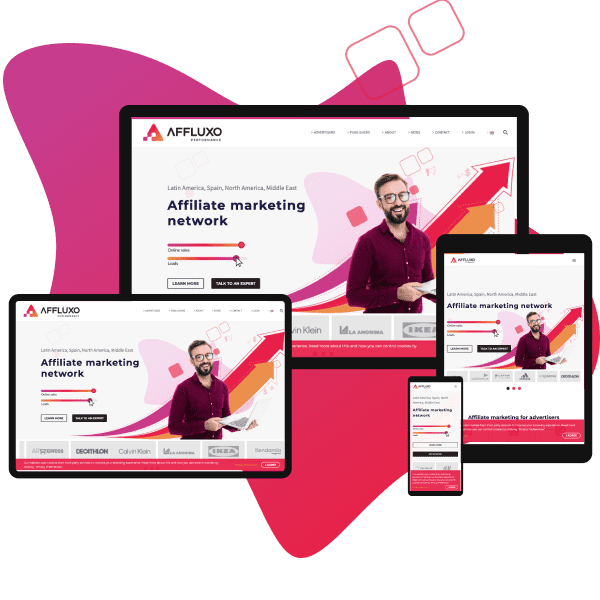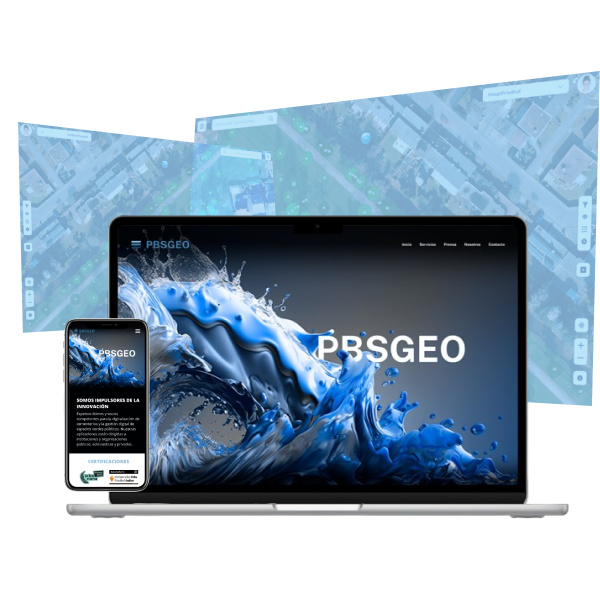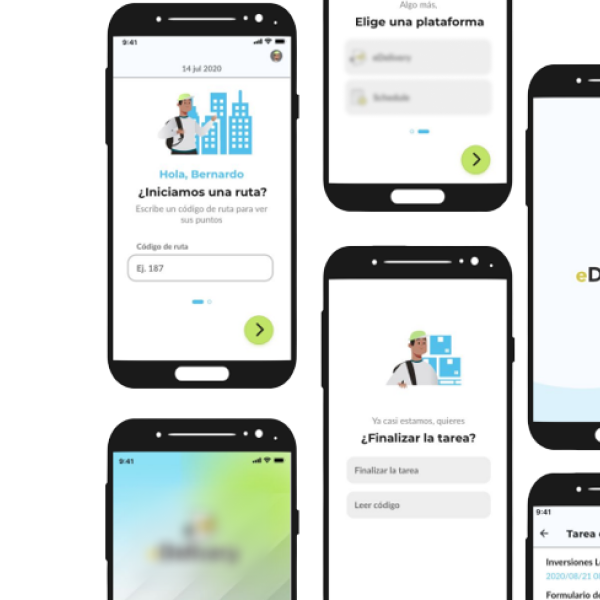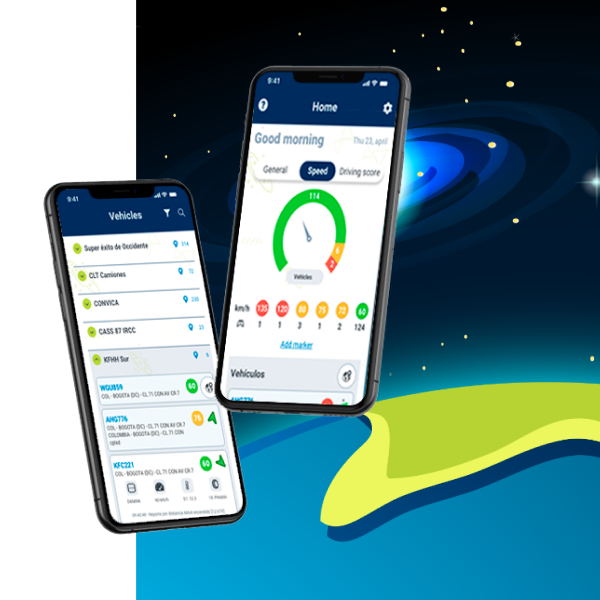Showcasing Affiliate Marketing Services

This project was for an affiliate marketing company looking to showcase their services in an easier way through their responsive website. Our approach was to create a user-friendly and visually appealing design that would facilitate the company’s marketing strategy. We have created a responsive website that offers an immersive experience on any device.
Showcasing More Services on Website

The website needed to be redesign to highlight company’s offerings beyond cemetery services, showcasing their innovative technologies and unique solutions for businesses across various industries. The user experience of the website is intuitive and streamlined, with clear navigation and easily digestible content that serves to inform and educate users about the company’s products and services.
Optimizing delivery tasks

The redesigned delivery mobile app prioritizes ease of use, speed, and customization. Key features like real-time tracking, personalized notifications, and user-friendly navigation help streamline the delivery experience for carriers. One of the biggest challenges was creating a design that accommodated a wide range of delivery types, including food, groceries, retail items and also services. To […]
Fleet overview for managers

The first approach for this logistic GPS-based platform was to improve the interface’s aesthetic, but after conducting research and evaluating the existing user experience, it became clear that a comprehensive redesign was necessary, we was in front of the tip of the iceberg. The redesigned app and platform now offer a more user-friendly experience, providing enhanced operational […]
Sales Supporting Web App

We leveraged some 32” touch screens along the company’s stores to gain users interactions and engagement. We design useful experiences that support sales process. Problem Sales consultants frequently receive the same case’s type (80%). Meanwhile, clients wait for assistance for a long time. Opportunities Young people visit service points, open to self service and new […]
